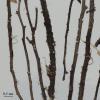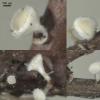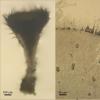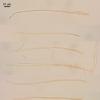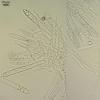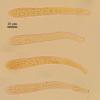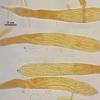
09-01-2026 17:41
Arnold BüschlenHallo, F. dilatata wird von vielen Bryoparasiten

07-01-2026 22:22
 Danny Newman
Danny Newman
Tatraea sp. on indet. hardwood The Swag, Great Sm

10-01-2026 01:18
 Danny Newman
Danny Newman
cf. Neovaginatispora fuckelii on indet. shrub Pre

07-01-2026 10:24
 Danny Newman
Danny Newman
Pezicula sp. on indet. hardwood Appalachian Highl

09-01-2026 10:08
 Blasco Rafael
Blasco Rafael
Hola, en el mismo habitat que la anteriorRetamaDia

08-01-2026 21:22
 Blasco Rafael
Blasco Rafael
Hola, He recogido esta muestra de Orbilia sobre Re

07-01-2026 17:29
 Marc Detollenaere
Marc Detollenaere
Dear Forum,On a barkless Populus I found some smal

10-11-2021 17:33
 Riet van Oosten
Riet van Oosten
Add-on topic http://www.ascofrance.com/forum/7059

07-01-2026 10:05
 Danny Newman
Danny Newman
cf. Chaetospermum on XylariaCosby Campground, Grea
This species quite often met at dead twigs of dwarfshrubs (Chamaedaphne calyculata, but probably others as well), in bogs. I have only one collection, though. It was without clamps; this feature reported by Raitviir (2002, A revision of the genus Dasyscyphella?) "for all Eurasian collections", but "in American collections they originate from croziers" (var. uncinata Raitv.).
All characters fit well with description of D. cassandrae var. cassandrae, except spore septation. I see clear septa already inside the asci; but Raitviir described them aseptate.
I think, what i 've seen it is real septation? -and if so, it must be underdescribed character of this species?
Apothecia cupulate, stipitate, receptacle to 1 mm in diam, stipe to 1 mm high, all frb up to 1,5 mm; hymenium yellowish, outer sirface pure white; outer surface and stipe densely covered by hairs; edge with long hairs; growing scattered or by several nearby.
Excipulum from textura porrecta in stipe (hyphae near 4 mk broad), textura prismatica at flanks (cells ellipsoid, with thickened walls, 20-30 x 6-8; hairs cylindrical, up to 150 mk long, rough at base, smooth in upper part, 4-6 segmented, the base slightly broader (3) and tip slightly enlarged, the narrowest part under tip beeing near 2; asci clavate, tip obtuse-conical, sometimes with protruding pore site, without clamp, pore euamyloid, with 8 interwoven spores collected in upper part, 92,5 (80-116) x 10 (8-11); paraphyses cylindrical, scarsely branched, segmented, with vacuolar content (vital, water); 2 mk broad, not exceeding the asci; spores vermiform, curled in asci, without or with 3-5 septa (already inside asci), 52 (44-67) x 2,4 (2-2,6) (N=14) (real length some longer since measurements done in curved state).
Au sujet du cloisonnement des spores, lire la diagnose originale reproduite dans la revue Hedwigia 1899 (38) : 10
http://www.biodiversitylibrary.org/page/507326
"... deutlicht septirt, zuweilen auch dreizellig, ..."
Amitiés, Guy
DENNIS R.W.G. 1972 The type species of Dasyscyphella Tranzschel. [cassandrae, corticola]. Kew Bull. 27 2 273-274.
Si vous n'avez pas cet article, je peux faire une copie ce soir.
So, in the original description by Tranzscel spores "filiform, usually curved, sickle-shaped, in the middle clearly septate, sometimes 3-celled, hyaline". This matches my observations well (mine up to 5-celled). For some reason Raitviir has omitted this character in two his works on the genus (1970, 2002).?

